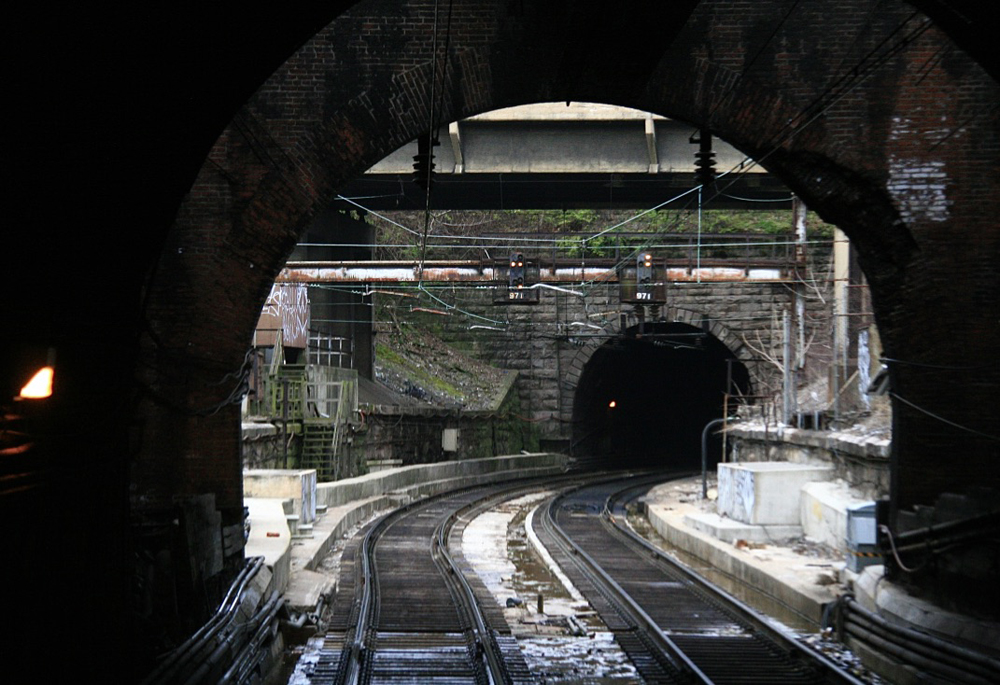
WASHINGTON — The Federal Railroad Administration is seeking input from tunneling firm Boring Co., founded and controlled by Elon Musk, regarding construction of a new Northeast Corridor rail tunnel in Baltimore for which Amtrak has already begun construction activities.
The news comes shortly after Amtrak’s decision to eliminate or not fill 450 managerial positions.
Earlier this week, the New York Times reported FRA officials were told Boring Co. representatives said the company could build the $8.5 billion Frederick Douglass Tunnel more cheaply and efficiently than what Amtrak has planned. The passenger operator had selected contractors more than a year ago through competitive bidding.
Replacement of the existing low-speed tunnel, dating from 1873, has been contemplated for decades, but finally moved forward with funding from 2021’s Infrastructure Investment and Jobs Act. With that money secured, Amtrak last year awarded a contract to the Kiewet and J.F. Shea construction consortium [see, “Amtrak selects builder …,” Trains News Wire Feb. 6, 2024]. Undertaking such a project in an urban area requires years of environmental assessment and community outreach, as described on an Amtrak website dedicated to major capital projects.
It is not known whether the existing construction or planning efforts will be impacted by the new FRA outreach to Boring — or by Amtrak’s announcement last week that it is eliminating of 450 managerial positions, 200 of which had been unfilled [see “Amtrak trims management workforce,” News Wire, May 7, 2025].
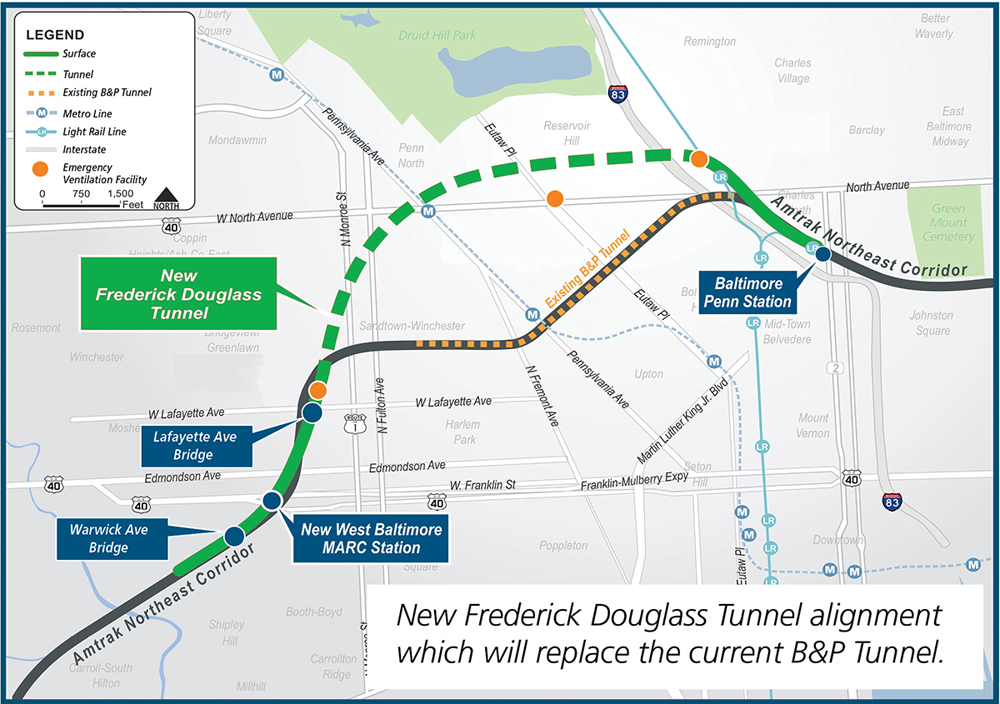
As the Times report notes, Boring’s involvement raise questions about conflict of interest, given Musk’s involvement in the Trump administration’s cost-cutting effort dubbed the Department of Government Efficiency, as well as his corporate roles including leadership of auto company Tesla. The tech billionaire has also been critical of Amtrak and called for its privatization [see “Musk puts privatization target on Amtrak,” News Wire, March 6, 2025].
News Wire asked Amtrak to confirm details of the Times report, but was directed to the press offices of the Federal Railroad Administration and U.S. Department of Transportation. Neither agency acknowledged receipt of the inquiry or responded as of today (May 15, 2025).
Few projects proposed by the Boring Co. have moved beyond the theoretical stage, and the firm’s involvement — then abandonment — of proposals has precluded other investment options. In 2018, then-Chicago Mayor Rahm Emanuel said the city had reached a deal with Boring to build underground twin tunnels between downtown and O’Hare International Airport at the company’s expense. How the tunneling would be accomplished was never specified, but Boring claimed electric vehicles would whisk passengers to their destinations in 12 minutes.
The announcement effectively eliminated discussions of two conventional-rail alternatives: capacity upgrades to existing Metra trackage out of Chicago Union Station, and a proposal for frequent diesel multiple-unit or battery-operated vehicles on a different route. The tunnel project — questioned from the beginning for its $1 billion price tag considered unrealistically low — faded away after Emanuel left office.
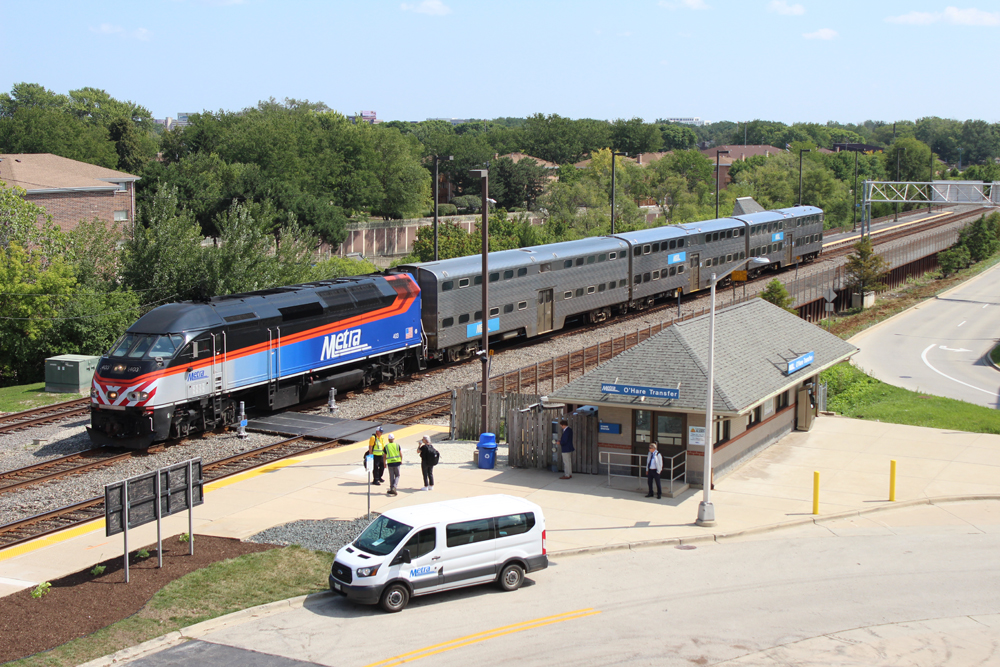
Between 2017 and 2019, Boring proposed utilizing its tunneling technology between New York, Philadelphia, Baltimore, and Washington, D.C., but those plans never advanced. Boring also abandoned a proposal it made in 2020 for a 4-mile tunnel connecting the community of Rancho Cucamonga, Calif., to Ontario International Airport.
Boring’s plan to build an underground Las Vegas network for Tesla electric vehicles garnered local funding and approval for 68 stations and 104 miles of tunnels in 2023. An initial 0.8-mile “people mover” serving the Las Vegas Convention Center was approved in 2019 [see “Musk’s company receives contract …,” News Wire, May 23, 2019] and opened in 2021. But less than 2 miles have been built since, and the news organization ProPublica reported earlier this year on concerns over a lack of regulatory oversight for the project.
— Trains Senior Editor David Lassen contributed to this report.






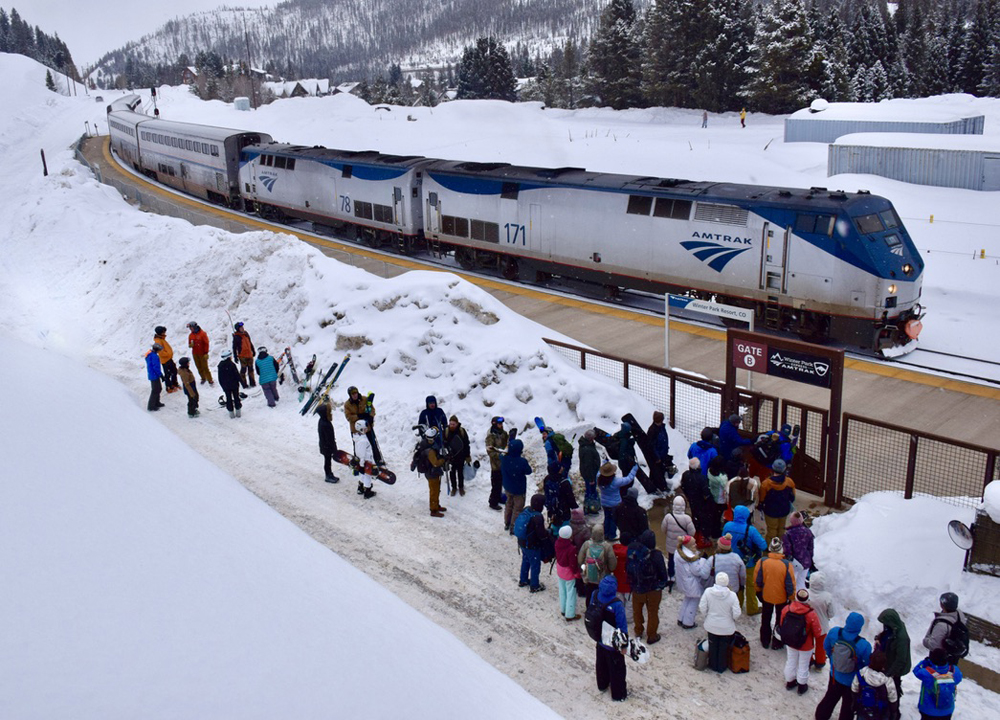

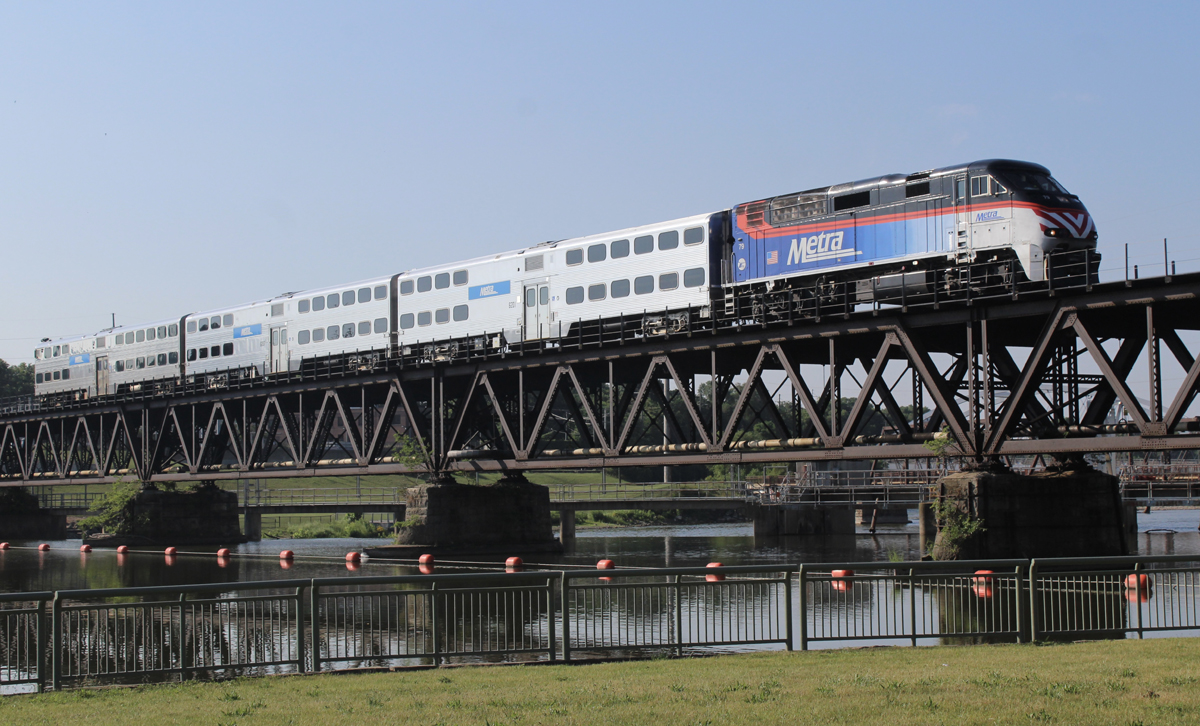
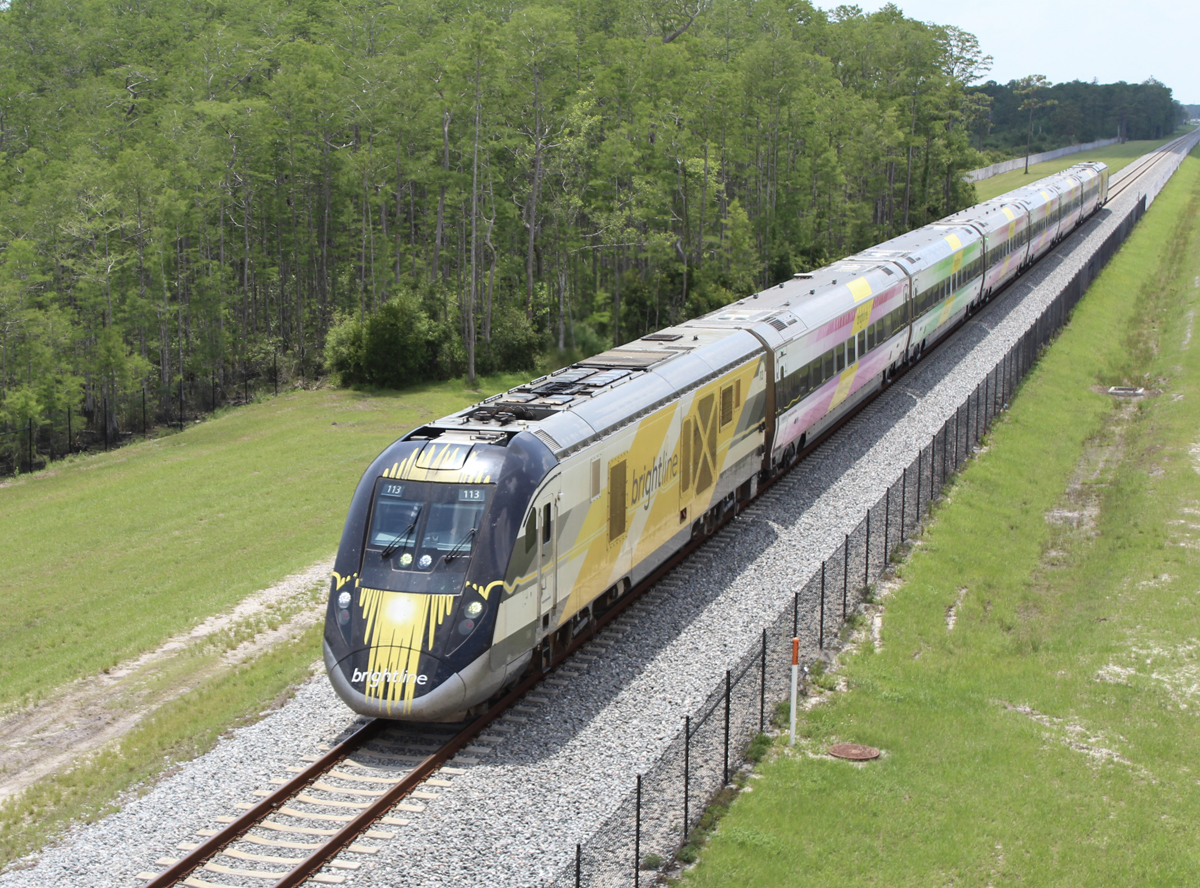
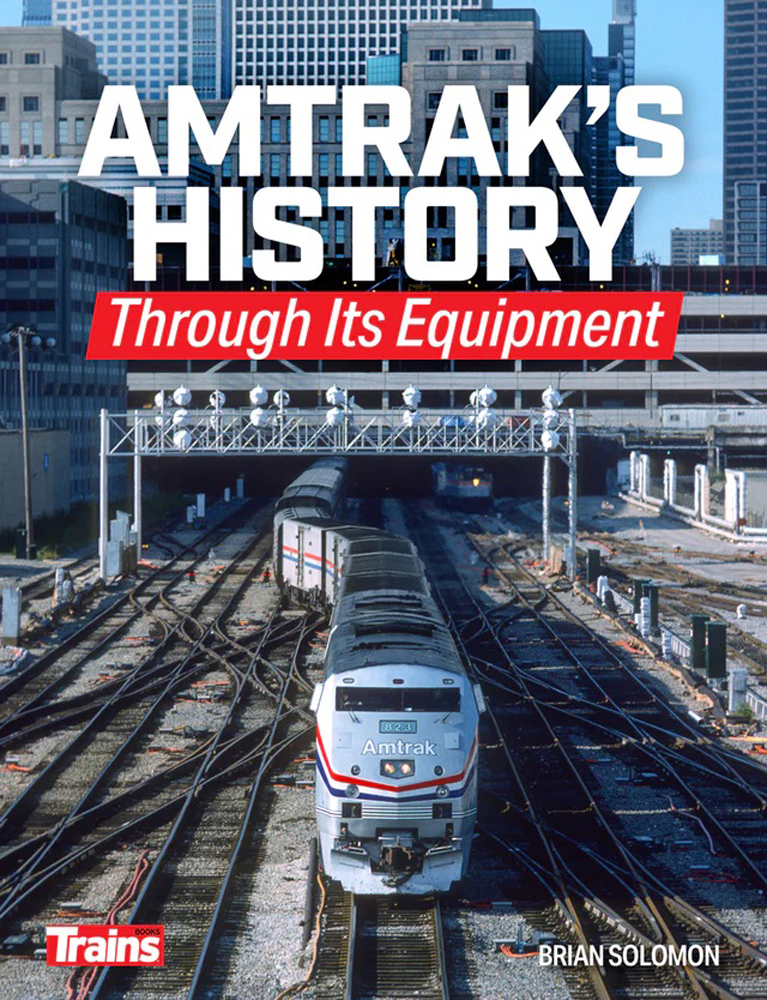
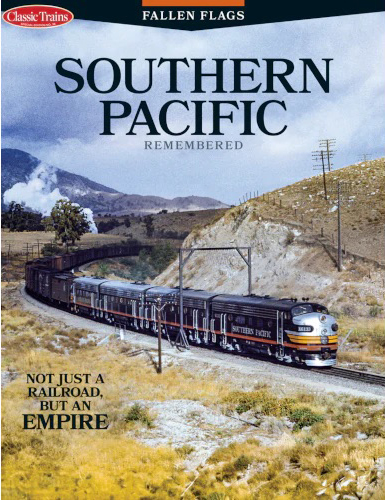
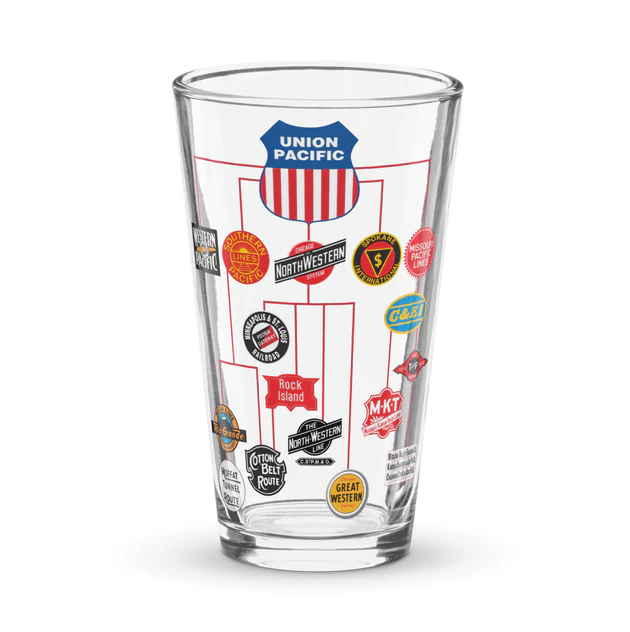
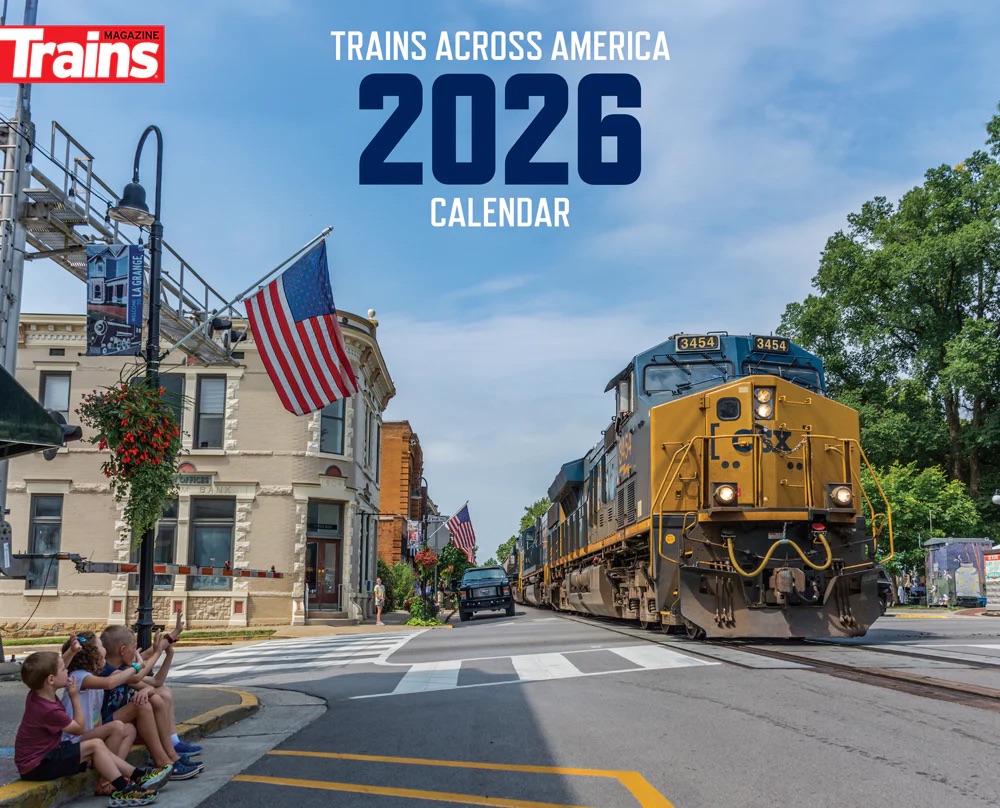
Will cooler heads at FRA and Amtrak prevail or will the threat of retaliation allow a pie in the sky proposal to soak the governments when reality sets in?
Charles is right pretty much on the actually work. What has changed is everything that happens before a contractor even puts a bid in on the project let alone a shovel in ground which add years and countless dollars. Cali takes it one step beyond that and lets anyone sue anyone with CEQA. The litigation adds even more years and more dollars.
..
On top of it, most proposal are barely at a design and a number/budget is given to build which most cases are widely off.
How much “community outreach” and “environmental assessment” was involved in the 1873 original build? Shouldn’t require anything different. The laws of physics haven’t changed.
The ~31 mile Channel Tunnel cost around $32 Billion in $2025 USD after all the cost overruns, $1 B a mile through challenging underseas conditions and that included the massive car ferry yards. The B&P tunnel is projected to cost $6 Billion for 1.4 miles, perhaps with cost overruns to come, so $4.2 B a mile and no yards.
Perhaps someone should be figuring out the 400% or $4.6 B difference?
I need to amend the B&P length to 2.0 miles per the EIS, but I just measured it and got 1.8 miles. It is a 4-track tunnel. So say $3.6 B equivalent to the channel tunnel. The surface alignment was lengthened to keep the West Baltimore MARC stop in the exact same place in a curve (now less degrees) instead of just moving it a bit further away to the adjacent straight. It seems like some type of cost efficiency / value engineering player is going to need to be inserted into all of these type projects that is completely separate from the consultant and Amtrak.
Elon should bid on the project he was very successful with the hyper loop. If he could design a bigger drill and a bigger worm we can get the Frederick Douglass Tunnel built cheaper than what Biden proposed when the project began.
It won’t be cheaper. It’s all smoke. The Boring company has no successful track record. Sure, get their input. But don’t cancel any of the approved contracts.
“Very Successful with Hyperloop”?! He hasn’t built a single one other than a little test track! That’s not successful at all! Curious how Boring Company thinks they can do better when they’ve barely done anything at all.
“It won’t be cheaper. It’s all smoke.” “Boring Company thinks they can do better when they’ve barely done anything at all.” It’s also the same sort of rhetoric that was said about Tesla, SpaceX, and StarLink. Yet, here we are. I’d love to see what Boring can do. And I sure wouldn’t be surprised to see it come in quicker and FAR cheaper.
Musk is a con artist. Plain and simple.
He hasn’t built Tesla. The only car he single-handedly designed is the Cybertruck monstrosity. All other Tesla cars were designed by Tesla’s original founders, whom he dismissed while pretending to be. His autopilot technology lags way behind competitors. His so-called autonomous robots are remote-controlled drones. The only way for Tesla to make profits is sell carbon credits, not building cars. It remains a meme stock with insane valuations.
As for Space X, it was awarded 3 billions dollars to build a lunar lander, and so far have spent it all on repeatedly blowing its own rockets out of the sky. Its failure to deliver now compromises the whole Artemis program. Meanwhile, Nasa’s Space Launch System successfully complete its mission on its first flight and flew the Orion capsule way beyond the Moon.
And Hyperloop, it’s nothing but a fraud. An attempt to slow down transit projects by opposing a non-existent technology against proven designs.
Start to notice a pattern here?
And now that Musk is part of the US government, all investigations into the potentially dangerous or fraudulent behavior of his companies (several dozen of them) are being sidelined or dropped altogether. That is called corruption, plain and simple.
Boring is not a very legit tunneling company. Their vision of “low cost” tunneling is a small bore with a single track for Tesla cars to go through. (Las Vegas). Other than selling a flame thrower, not much on the resume.
Modern tunneling is a capital intensive activity, especially if you are using long form boring machines. People have a hard time when someone goes around saying “I can do it cheaper” but never win any open and public bids.
If they want to throw in their two cents, no issues, but if they bounce that contract and have it rebid in the middle of work, it will definitely go downhill in the world of public opinion.
The Swiss hold the championship of tunneling and the Dutch are the best at marine engineering. Not some vaporware from Elon Musk.
As far as I can see, productivity in construction peaked with the onset of power tools, power equipment, and trucks replacing horses. Productivity has held steady ever since. There is no magic to decrease costs. A construction site in 2025 looks like a construction site in 1960 – men (now a few women, not many) all over the site like a swarm of ants. Ironworkers set rebar the same way their grandfathers did — by hand one bar at a time.
@Charles: The new tunnel between Denmark and Sweden is using precast segments, so there has been “some” effciency. But it is not a traditional bore approach, but laying the segments in a sea floor trench and then covered with aggregate. Essentially a “cut and cover” approach but under water.